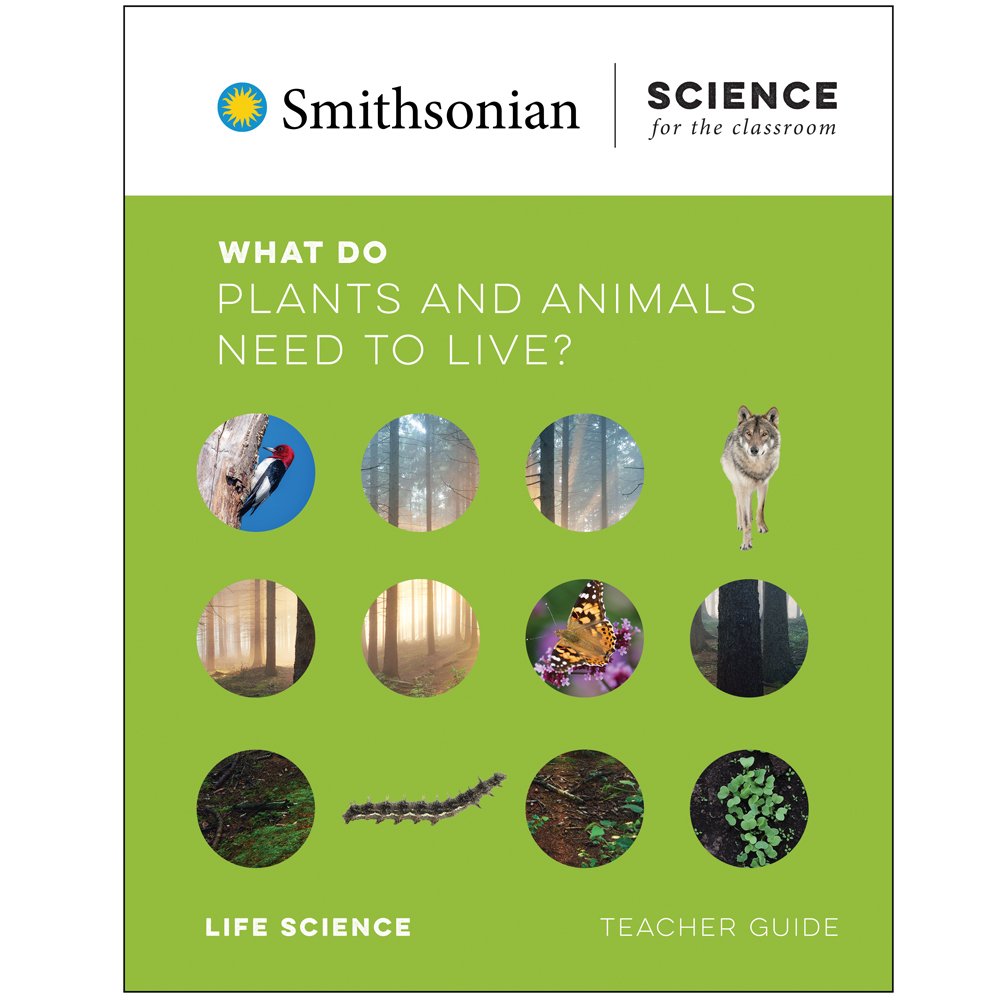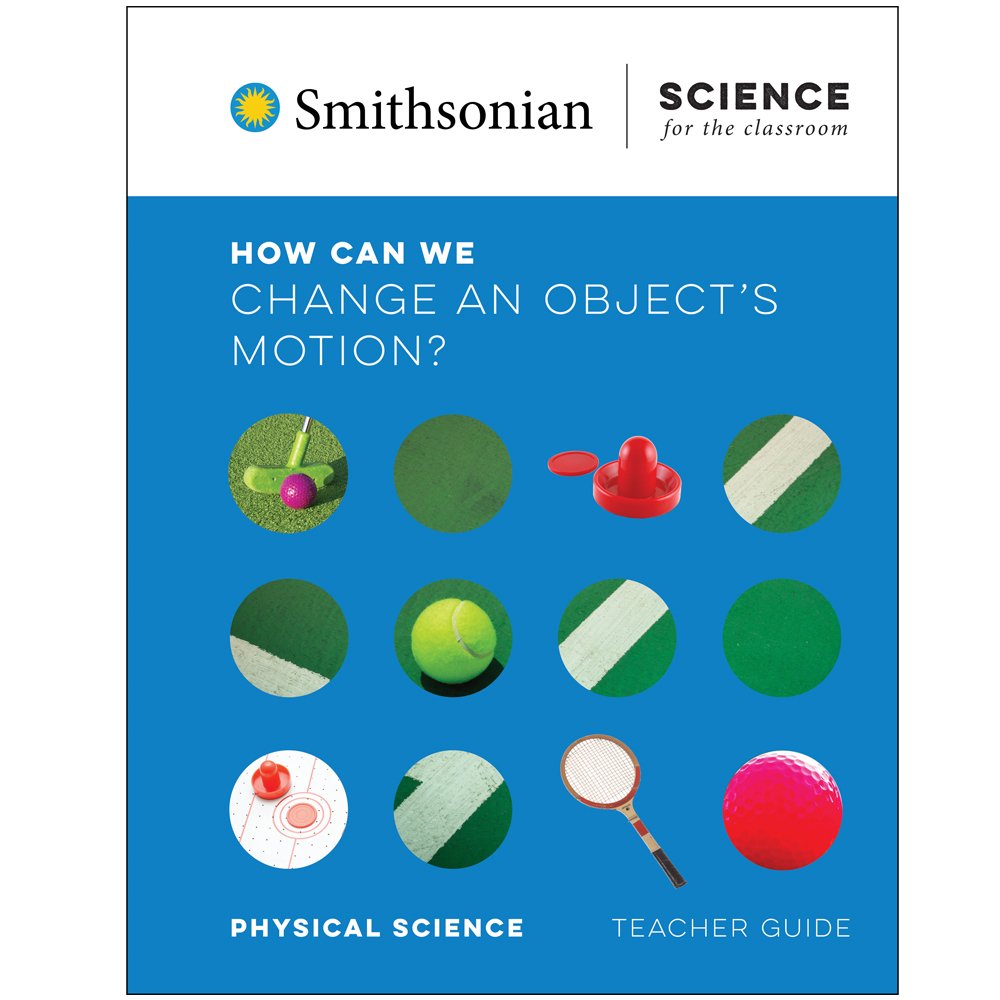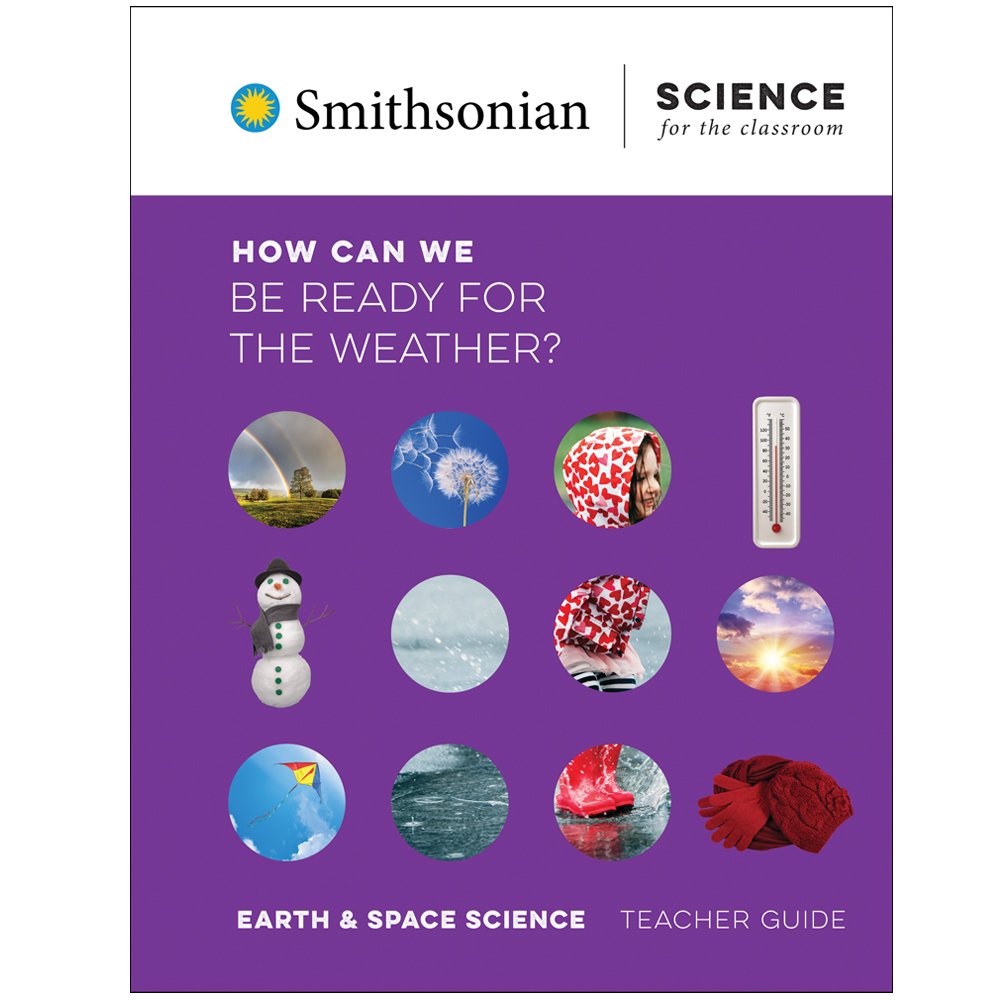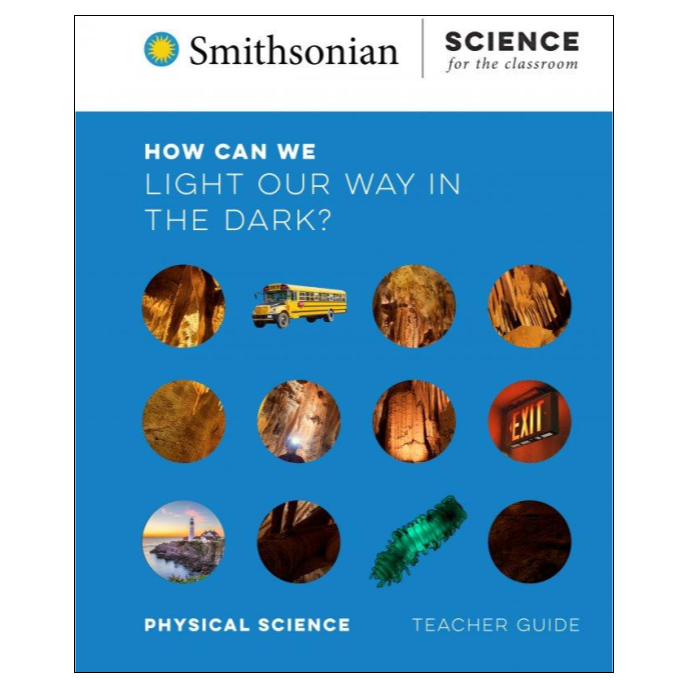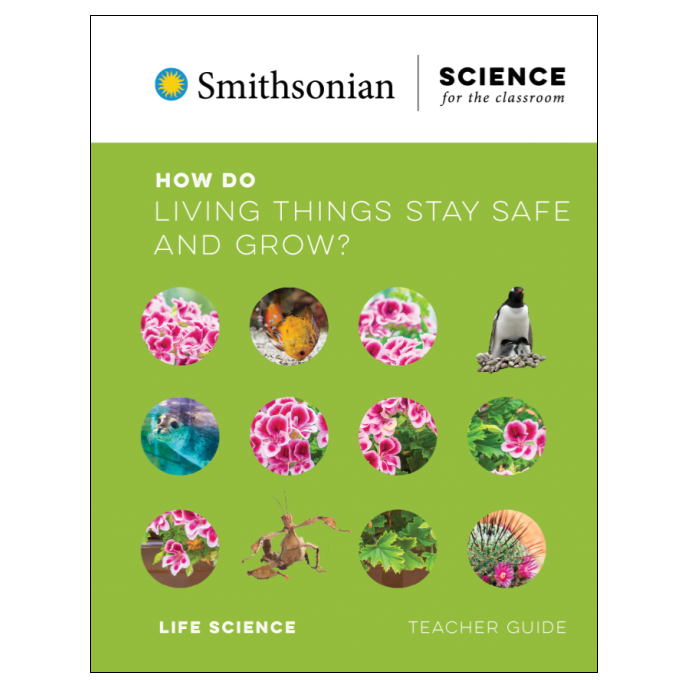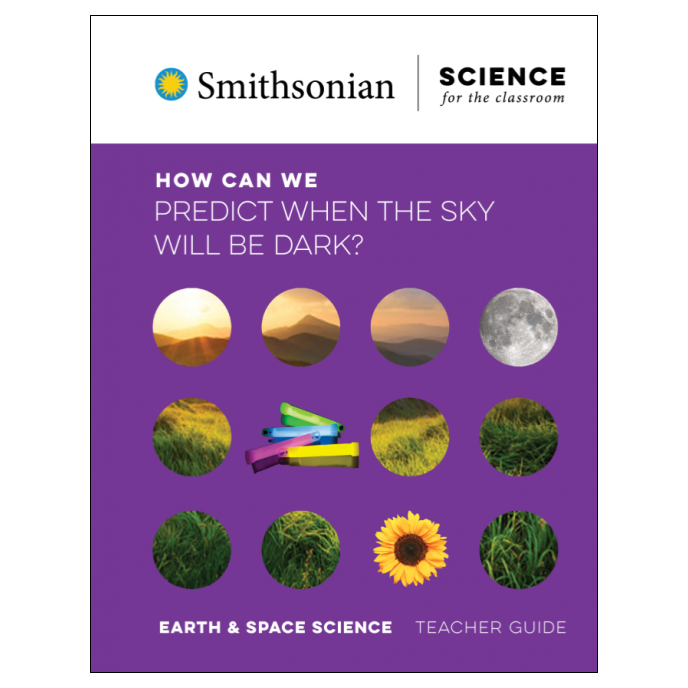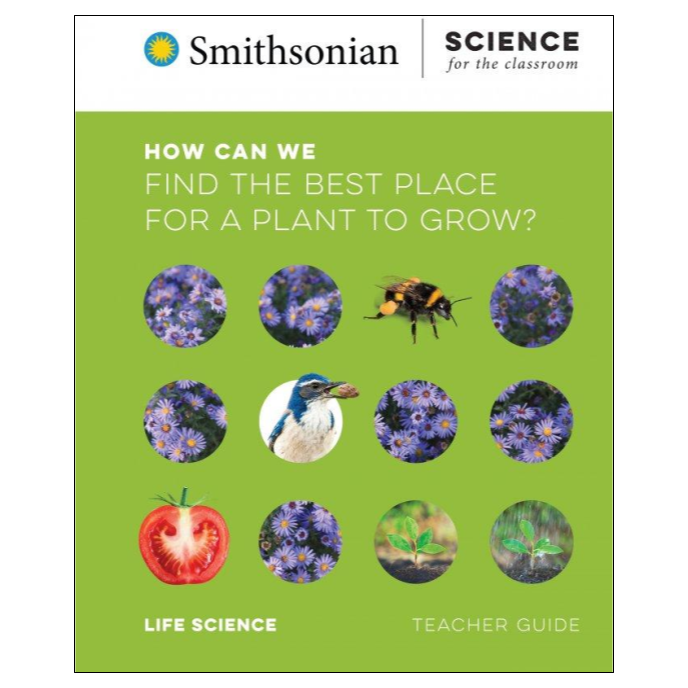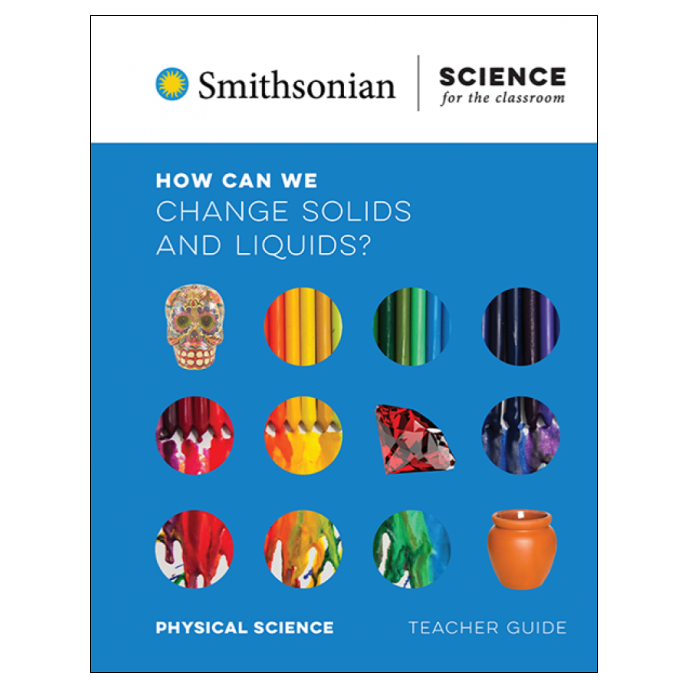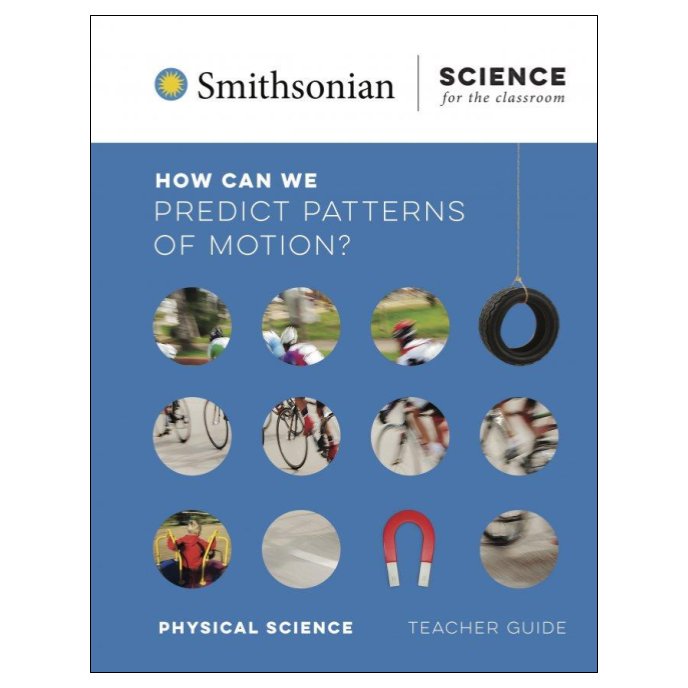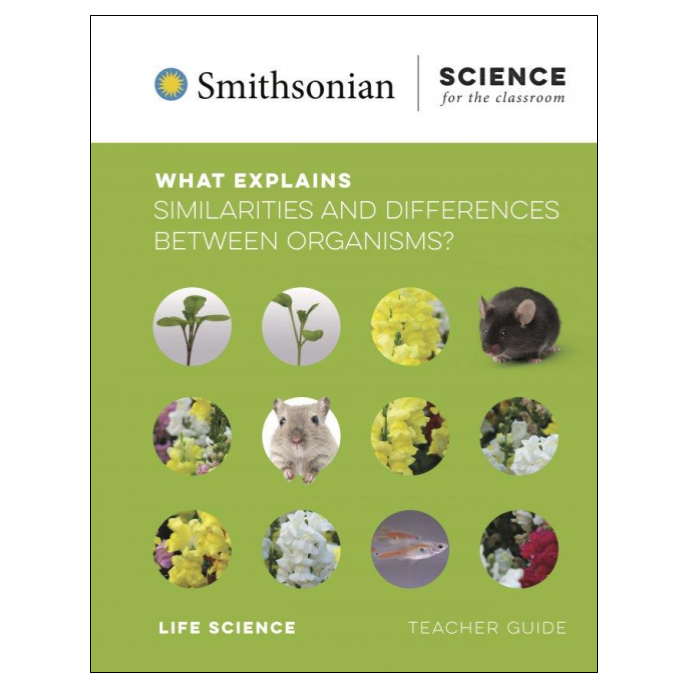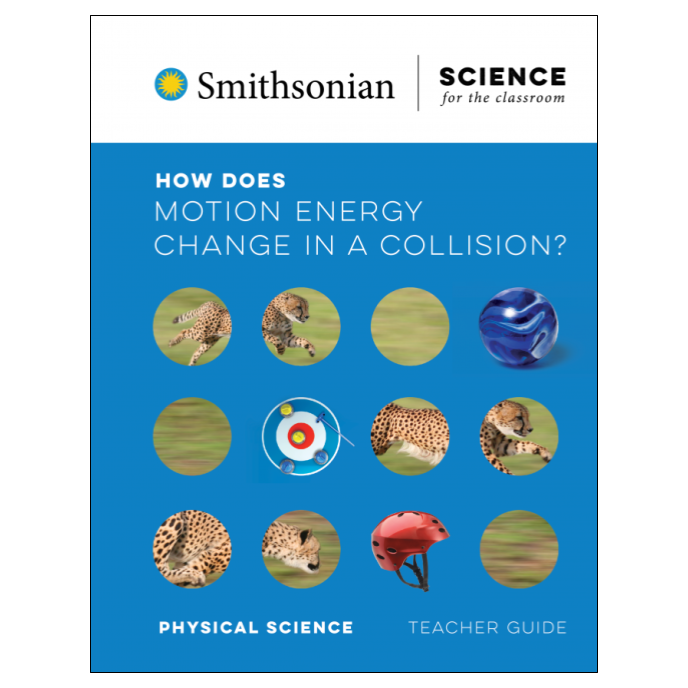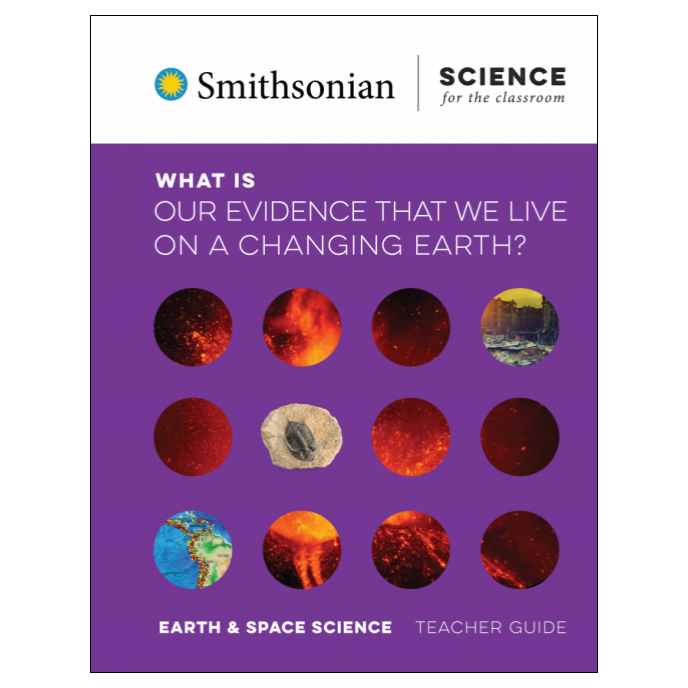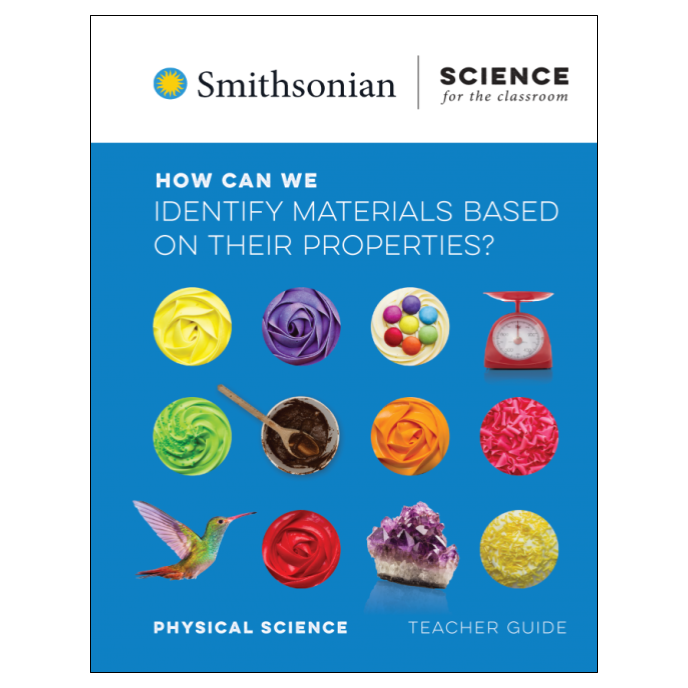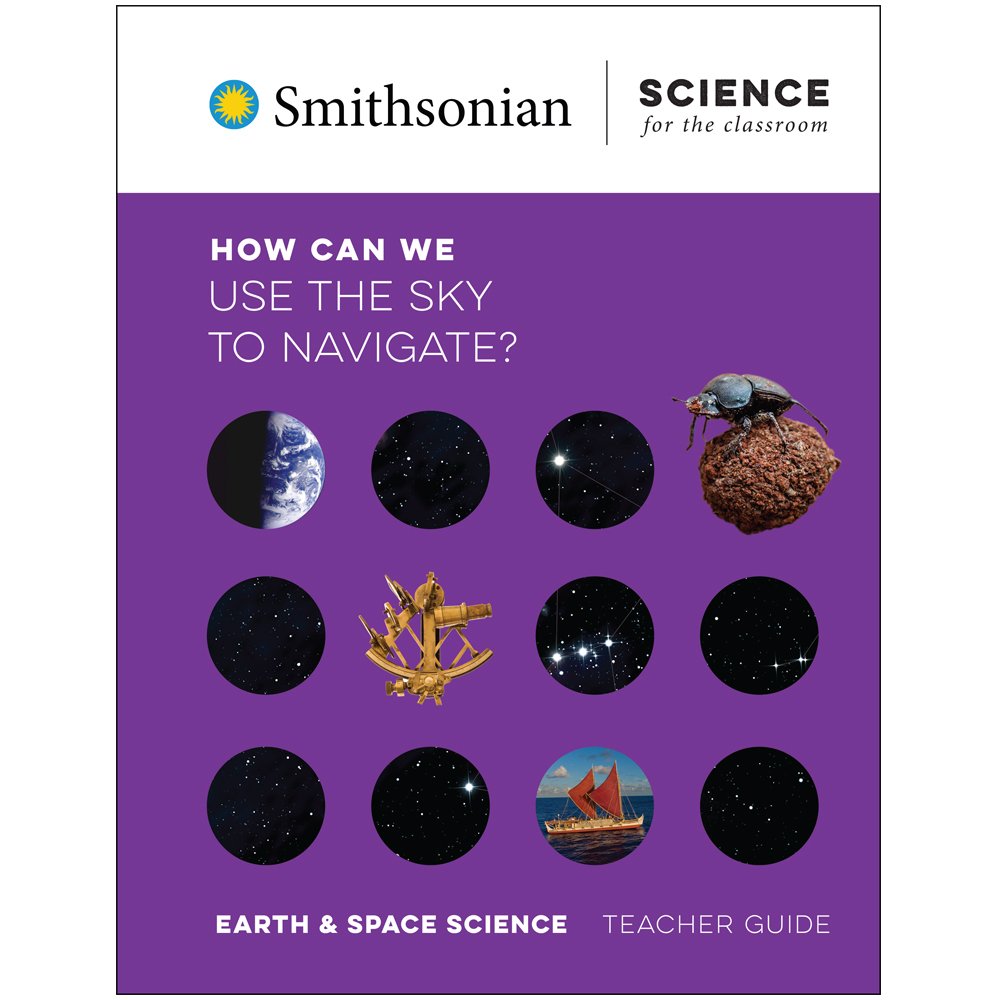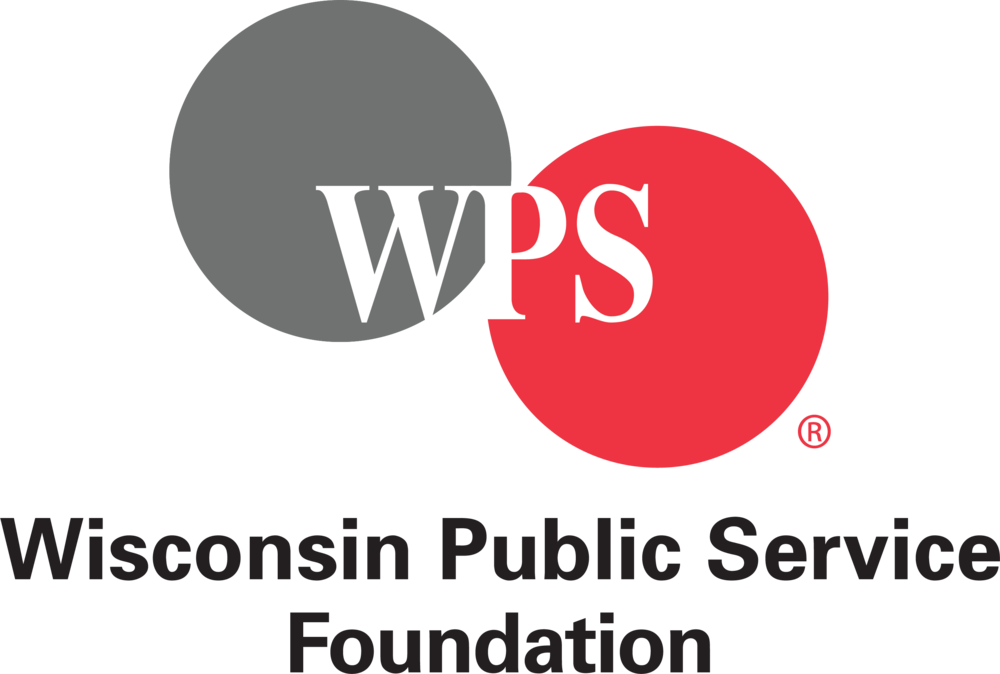Green Bay Area Public Schools
Science Curriculum Orders
We are excited to offer new curriculum options for GBAPS educators. You may select up to 2 total units from any of the approved publishers. Only the pre-approved units listed on this page may be selected and they must be used in the identified time frame.
If you wanted to use an additional unit, your school would be responsible for the cost.
GBAPS Curriculum Options
Designed for the Next Generation Science Standards, Smithsonian Science for the Classroom units provide coherent storylines to engage students that culminate in explaining phenomenon or designing solutions. The new units include an online platform for teachers where all instructional materials can be found.
mysci has been developed by the institute for school partnership at washington university in St.louis, missouri and is dedicated to creating equity in science learning through hands-on, inquiry-based curriculum that nurtures critical thinking and creativity.
If a teacher decides to use a mySci unit in their classroom, professional learning is required prior to receiving your unit. This will help you to experience your new unit in its entirety so that you are ready to use it with your students.
Professional learning opportunities
mySci professional learning
August 5-7, 2025 at the Summer Academy. Learn more here.
Need help right away? Please contact Elizabeth Mayenschein or Kim Lemberger to get a more timely response.
GBAPS Pre-Approved Units
After reserving each unit, please return to this page to select another unit.
Kindergarten
OCTOBER/NOVEMBER
Students explore the living and nonliving things in a rainforest. They make observations to find patterns to help them figure out what plants and animals need to survive and grow. They then think about how humans and other living things can change the environment,
Learn more in the Unit Storyline.
OCTOBER/NOVEMBER
In this module, students investigate two phenomena and propose solutions to three problems related to what plants and animals need and how Earth’s systems support them.
Learn more in the Unit Storyline.
FEBRUARY/MARCH
In this module, students explain a phenomenon and solve a problem related to the game of air hockey and explain a second phenomenon related to the game of miniature golf.
Learn more in the Unit Storyline.
May/June
In this unit, students are tasked with designing a structure that can help keep them cool on the playground.
Learn more in the Unit Storyline.
MAY/JUNE
In this module, students explain two weather-related phenomena and propose solutions to weather-related problems.
Learn more in the Unit Storyline.
First Grade
OCTOBER/NOVEMBER
In this unit, students explore the ways that sound and light can be used to communicate a story in a shadow puppet show.
Learn more in the Unit Storyline.
OCTOBER/NOVEMBER
In this module, students gather evidence to help them explain how light can help animals, including humans, survive. They begin by considering how we can see things in dark places such as caves.
Learn more in the Unit Storyline.
February/March
In this unit, students investigate how and why the hummingbird migrates such a long distance each year while also looking at how adult hummingbirds are similar, but exactly like their parents.
Learn more in the Unit Storyline.
FEBRUARY/MARCH
In this module students explore similarities and differences between young and adult plants and animals and how behavior and external parts help living things survive.
Learn more in the Unit Storyline.
MAY/JUNE
In this module, students observe the phenomenon of a girl in bed when the sky appears to be dark and a girl in bed when the sky appears to be bright.
Learn more in the Unit Storyline.
Second Grade
October/November
In this unit, students view photographs and maps of the Sleeping Bear Dunes while also investigating the problem of dunes getting smaller to gather information about how wind and water change the earth over time.
Learn more in the Unit Storyline.
February/March
In this unit, students hear a story about plants being grown by students at a school. The students planted cucumbers in a raised bed near their classroom and radishes in a raised bed on the other side of the school. They went home for summer vacation and when they returned to school they were very surprised to see cucumbers growing in the radish bed.
Learn more in the Unit Storyline.
FEBRUARY/MARCH
In this module, students will investigate what plants need to live, grow, and reproduce, and how these factors are parts of a system that work together in each plant’s habitat. Throughout the module, students will be aiming to understand an overarching phenomenon: Why is the number of grand spider orchids in Western Australia decreasing?
Learn more in the Unit Storyline.
MAY/JUNE
In this module, students explore how solids and liquids can change by heating, cooling, building up, carving, and taking apart. They investigate several properties of solids and liquids including color, shape, and hardness. In the culminating science challenge, students choose the best material for a replica gemstone based on its properties.
Learn more in the Unit Storyline.
Third Grade
October/November
In this unit, students explore why only certain types of foods can be grown in their community compared with other parts of the world while also comparing climate differences between areas to determine the types of plants that can be grown.
Learn more in the Unit Storyline.
February/MArch
In this unit, students will figure out key physical science and engineering concepts as they use forces, motion, and magnetism to build a pinball machine for an upcoming carnival. At the end of the unit, they will use what they have learned about magnets, force, and motion to design a pinball device or other carnival game.
Learn more in the Unit Storyline.
FEBRUARY/MARCH
In this module, students explore how objects can exert forces on other objects, and predict an object’s future motion based on observations of patterns of motion.
Learn more in the Unit Storyline.
May/June
In this unit, students observe a bee on a flower and begin to wonder why the bee would be there. They then examine the case study of pink katydids and ask questions about variation in color. The unit concludes with students researching an insect from the list provided to develop a presentation for their class insectarium exhibit
Learn more in the Unit Storyline.
MAY/JUNE
In this module, students will explore variation of traits in individuals, patterns of life cycles, and how the environment can affect expression of traits.
Learn more in the Unit Storyline.
Fourth Grade
OCTOBER/NOVEMBER
In this module, students will investigate how animals, including humans, use their internal and external structures to sense the world around them, process information, communicate information to others, and react accordingly.
Learn more in the Unit Storyline.
February/MArch
In this unit, students will figure out key earth science, physical science, and engineering ideas through the lens of tsunami waves. Additionally, students will start thinking about how tsunami warnings could be sent to people over long distances once they are detected. At the end of the unit, students will design, test, and compare tsunami warning messages they code themselves.
Learn more in the Unit Storyline.
FEBRUARY/MARCH
In this module, students explore how motion energy can move and change in a collision. In the science challenge, students apply what they have learned about motion energy to predict how far a moving washer will move a stationary washer in a game.
Learn more in the Unit Storyline.
May/June
At the start of this unit, students view a slide deck of photos and listen to a podcast to make observations and ask questions about the Glen Canyon Dam. Additionally, students will collect evidence about why the Glen Canyon Dam is controversial and how it impacts people, animals, and the environment..
Learn more in the Unit Storyline.
MAY/JUNE
In this module, students observe the phenomenon of a girl in bed when the sky appears to be dark and a girl in bed when the sky appears to be bright.
Learn more in the Unit Storyline.
Fifth Grade
october/november
Throughout the unit, students will investigate properties of matter, physical and chemical changes, the particle nature of matter, and different types of mixtures to explain how we use science in cooking and baking. They will apply their learning to plan a meal for a community picnic.
Learn more in the Unit Storyline.
OCTOBER/NOVEMBER
In this module, students learn how they can use properties of materials to identify them. In the science challenge, students apply what they have learned about properties to identify four unknown solids.
Learn more in the Unit Storyline.
February/MArch
In this unit, students will figure out key earth science, physical science, and engineering ideas through the lens of tsunami waves. Additionally, students will start thinking about how tsunami warnings could be sent to people over long distances once they are detected. At the end of the unit, students will design, test, and compare tsunami warning messages they code themselves.
Learn more in the Unit Storyline.
FEBRUARY/MARCH
In this module, students observe phenomena of ships disappearing below the horizon, shadows pointing in different directions, and balls falling to Earth. Students use these observations as well as models as evidence that gravity is directed to the center of a spherical Earth.
Learn more in the Unit Storyline.
May/June
At the start of this unit, students discuss their favorite pizza toppings and watch a video to start to consider why we eat food and ask questions about how a pizza farm works to grow the ingredients on pizza. Throughout the unit, students will conduct investigations and collect evidence about how energy and matter enter into food and how they cycle and move through the environment and living things.
Learn more in the Unit Storyline.
MAY/JUNE
In this module, students will explore how plants and animals get the matter and energy they need to live and grow, how they interact in food webs, how change in one part of an ecosystem can have various effects, and how newly introduced species can sometimes become invasive.
Learn more in the Unit Storyline.





